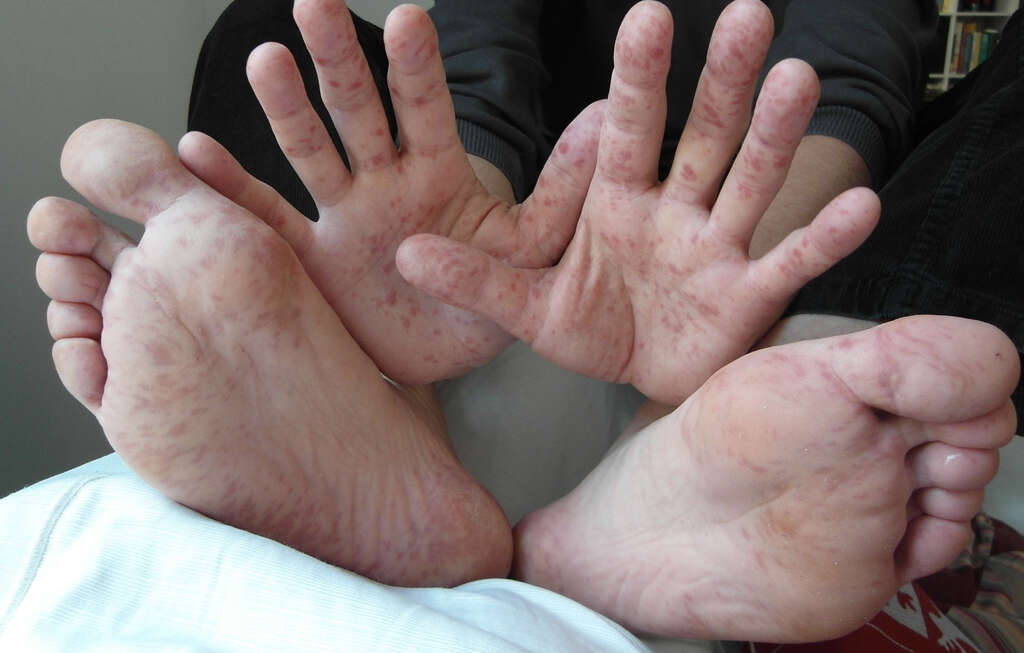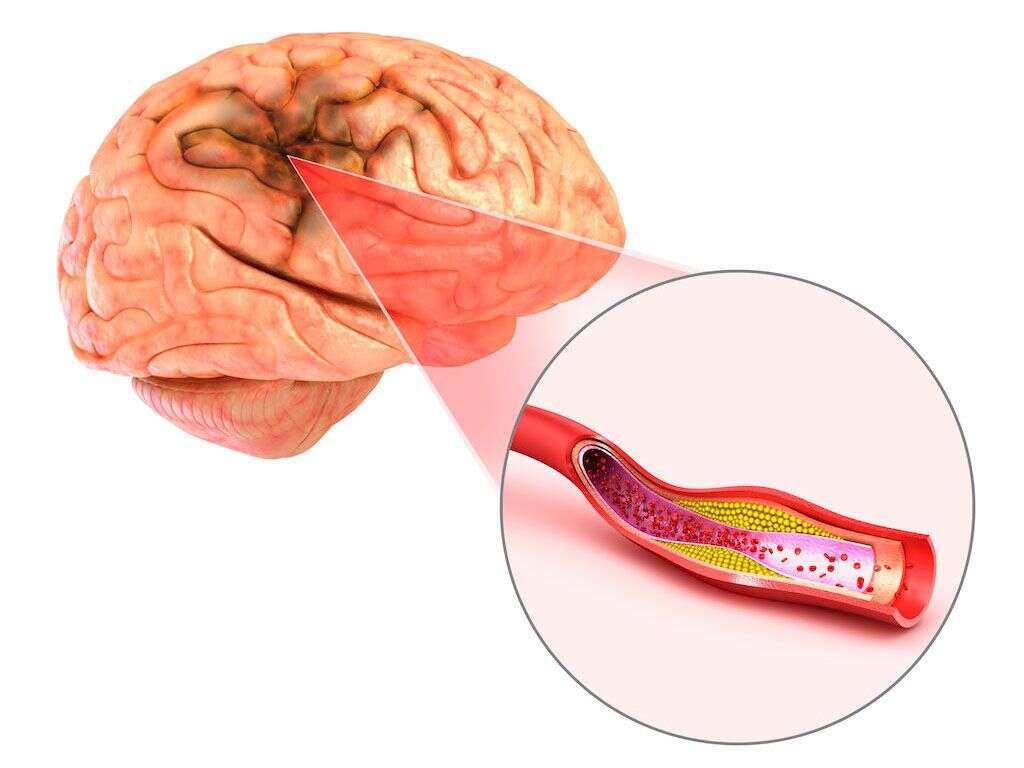What Causes Bell's Palsy?
Human beings have a very complex language system. Not only do we communicate with each other vocally, but we also communicate a lot with each other using visual language. This includes movements with our various body parts, and with different movements of our faces.
There are 43 muscles in our faces that help us to pull a number of facial expressions. These muscles are controlled by the seventh cranial nerve that passes through a narrow corridor on its way to our face. If something were to cause an issue with this nerve then we could lose control of our face muscles.

1. Bell’s Palsy
In some cases, patients will find that their seventh cranial nerve becomes inflamed. This can cause swelling, and this can cause it to become tightly compressed in the narrow passage it passes through. This can then result in signals not being able to pass to and from the face and the brain as they usually would.
This then causes the patient to lose control over the muscles in their face in a condition known as Bell’s palsy. The condition can cause the patient to lose the ability to pull facial expressions. It can make eating difficult, while it can also affect taste, and saliva and tear production. The inflammation that causes this condition is often caused by various viral infections.

2. The Flu
The flu is caused by the influenza virus. It is among the most common of all disease and most people will catch it at least once in their lives. It is a seasonal disease and can be found throughout much of the world. There is a vaccine, and the flu is rarely dangerous, but vulnerable people need to be especially careful.
Not everybody that gets the flu will have symptoms and, of those that do, most will experience only mild symptoms. When symptoms do arise, they tend to include a fever, chills, and aching joints and bones. It can also cause Bell’s palsy in some cases.

3. Mono
Mono is the often used shortened name for infectious mononucleosis. It is a disease also known as the kissing disease and as glandular fever, and it is caused by the Epstein-Barr virus. It is not usually a serious disease, and will usually pass by without treatment and without any harm being done.
When mono does cause symptoms, those symptoms will generally include fever, chills, and fatigue. It gets its name from the fact that the patient’s glands will also often be swollen. It can sometimes be the underlying cause of Bell’s palsy, and it tends to affect younger adults more than any other age group.

4. Hand-Foot-And-Mouth Disease
Hand foot and mouth disease is an infection caused by the coxsackievirus virus. The name is often associated with livestock, but the human disease is not closely related to the livestock variety. It usually affects young children but it can also affect some adults. The symptoms are usually worse in adults than in children.
Hand foot and mouth disease will cause a fever, mouth ulcers, and red spots on the patient’s hands and feet. It will also cause Bell’s palsy in a small number of cases. There is no treatment for hand foot and mouth disease, but it should pass with 7-10 days by itself.

5. Mumps
Mumps is an infection caused by a virus of the same name. It usually occurs in children, but the symptoms can be a lot worse when adults get it. It used to be a common disease but vaccinations have made it a lot rarer. It is spread in droplets when people cough and sneeze.
Perhaps the main characteristic of mumps is that it will cause the glands on the side of the patient’s face to swell. Such is the extent of the swelling that it can be quite painful. Mumps can also cause Bell’s palsy in some people. There is no treatment for the disease, but it should still pass in 1-2 weeks regardless.

6. Cytomegalovirus
The cytomegalovirus is another virus that is quite common but should give us little cause for concern most of the time. Most people that have the virus will experience no symptoms whatsoever, but the virus will remain with them for the rest of their lives.
When symptoms do arise, it can cause symptoms like a fever, sore throat, aching muscles, and fatigue. Some people with the virus will also develop Bell’s palsy as a result. While it is not usually dangerous, it can be a real threat to the life of some pregnant women, and people with a weakened immune system.

7. Adenovirus
Adenoviruses are a group of viruses that are responsible for a number of conditions. They infect the tissues lining of various parts of the body, resulting in a number of unwelcome symptoms. They are common and, thankfully, usually only mild. An infection will often cause symptoms similar to those of the common cold.
Adenoviruses tend to be very contagious and they are most common in young children. There is no treatment for them but the symptoms will usually pass in a few days or so regardless. They can sometimes be responsible for more concerning diseases like pneumonia, croup, bronchitis, and meningitis. Adenoviruses may sometimes be responsible for Bell’s palsy.

8. Rubella
Rubella is a disease that is also known as the measles. It has been in the news more often lately after making somewhat of a comeback in its prevalence. This is because of a recent trend in parents refusing to have their children vaccinated for the disease, and others. It can be found in adults as well as in children.
Measles is a very contagious disease and it can also be very dangerous. Although most people will make a full recovery, it can be fatal in some cases so it should be treated as serious. It can sometimes lead to permanent damage even if the disease is otherwise cured.

9. Chickenpox
Chicken pox is another disease that is often associated with children, although adults can also get it. It is well known for causing an itchy rash and red spots, along with some other symptom like a fever and aches and pains. In some cases, it can be the cause behind Bell’s palsy.
Chickenpox tends to be a lot worse in adults than in children, but it is still not usually dangerous. People with a weakened immune system should be monitored closely, however, because chickenpox can be fatal in some cases. Some people that have had chickenpox in the past will develop shingles later in life, and this is much more uncomfortable.

10. Herpes
The herpes simplex virus is a fairly common virus that is often associated with sexually transmitted diseases. While it is true that it is responsible for genital herpes, it is also responsible for cold sores. These are lumps and/or blisters on your face that can be very painful. They are sometimes triggered by a change in weather or another illness.
Patients won’t usually develop other symptoms in addition to the cold sores, although it can sometimes also cause Bell’s palsy. The virus is very contagious, and people should avoid all contact with the sores where possible. The sores should heal themselves within 10 days or so.











